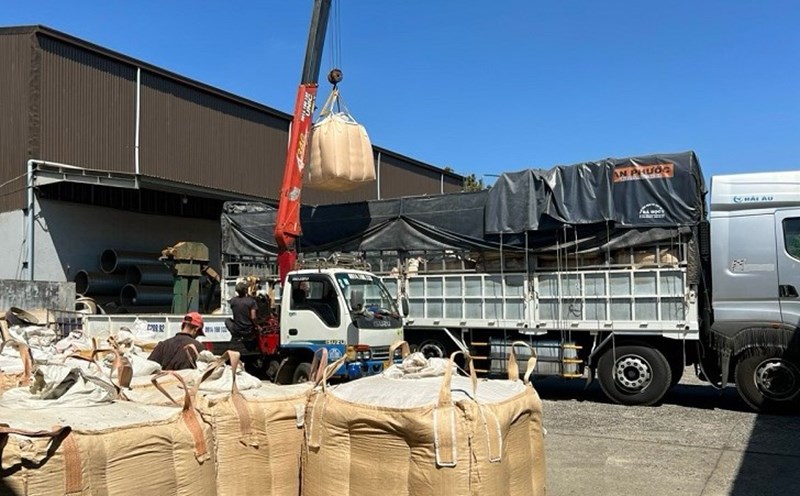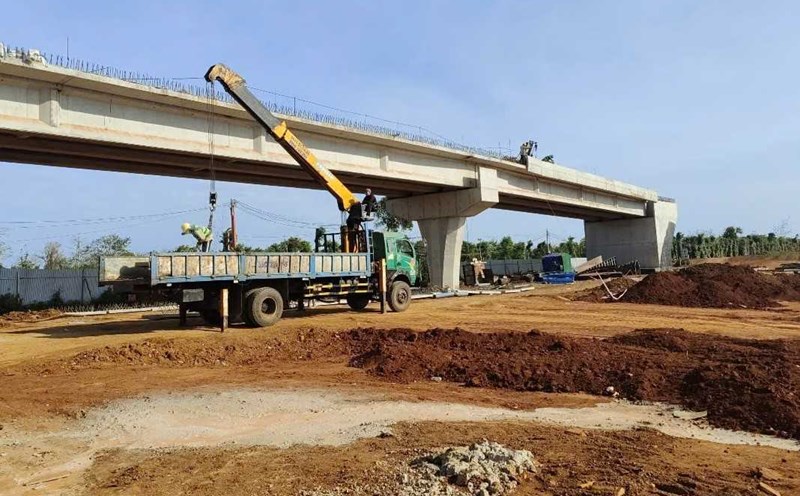On March 22, the State Bank of Vietnam, Region 11 (Cestern Highlands) informed that by early March 2025, bad debts (Group 3, 4, 5) in the five Central Highlands provinces are estimated at VND 6,519 billion, accounting for 1.1% of total outstanding loans.
In particular, the bad debt ratio increased by about 0.07% compared to the end of 2024, lower than the bad debt ratio of the whole system.
Total outstanding credit in the region reached over VND590,000 billion, an increase of 0.54% compared to the end of 2024, accounting for about 3.75% of total outstanding loans in the whole economy.
Of which, Dak Lak reached VND 174,000 billion; Dak Nong reached VND 52,643 billion; Gia Lai reached VND 123,400 billion; Kon Tum reached VND 49,000 billion; Lam Dong reached VND 191,575 billion.
The credit structure is in line with the economic development orientation of the region. Lending for agricultural and rural development accounts for 62% of total outstanding loans in the region.
Through research, in the Central Highlands, most of the businesses in the region are small and medium enterprises. The units are still limited in scale, operational efficiency and financial resources are not transparent, so credit institutions have difficulty accessing and expanding lending. Many businesses have not yet proven the effectiveness of projects, capital use plans, etc.
Mr. Nguyen Kim Cuong, Acting Director of the State Bank of Vietnam, Region 11 branch, said: "We will continue to urge and supervise credit institutions to implement monetary solutions, credit from the Government and the State Bank".
According to Mr. Cuong, banks in the area must have solutions for safe and effective credit growth, improving credit quality. Units strictly control credit in areas with potential risks and do not loosen credit granting conditions.
The purpose of this move is to ensure operational safety and limit the occurrence of bad debts. In case of detecting unusual fluctuations, credit institutions shall review, evaluate and propose handling to competent authorities.
"Credit institutions also need to create favorable conditions for people and businesses to access bank credit capital. Thereby, contributing to limiting black credit and developing the regional economy," Mr. Cuong added.













